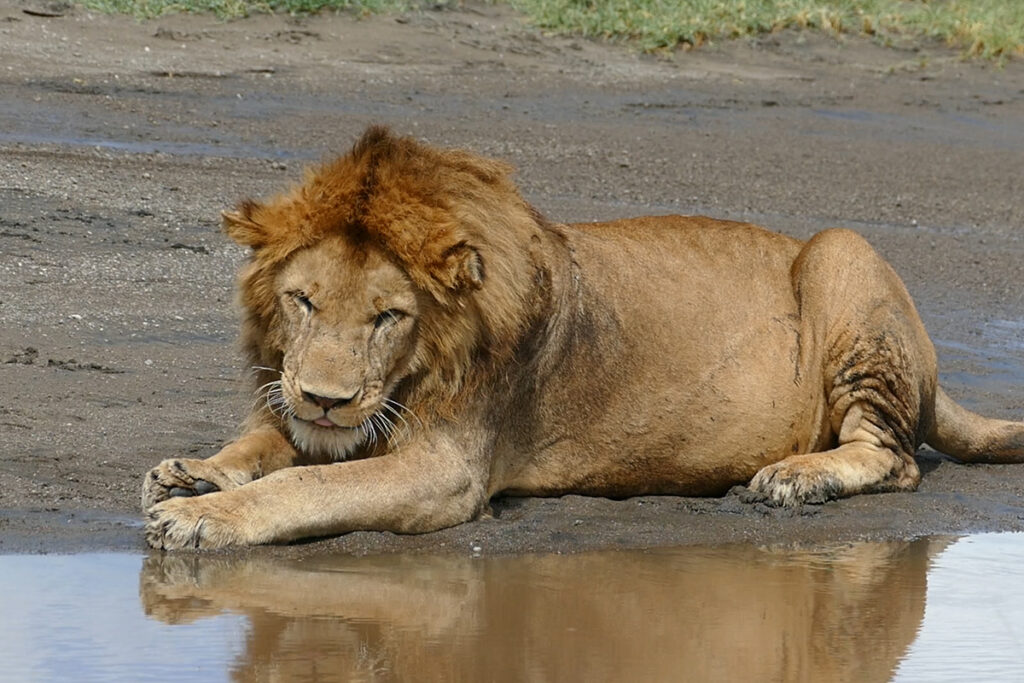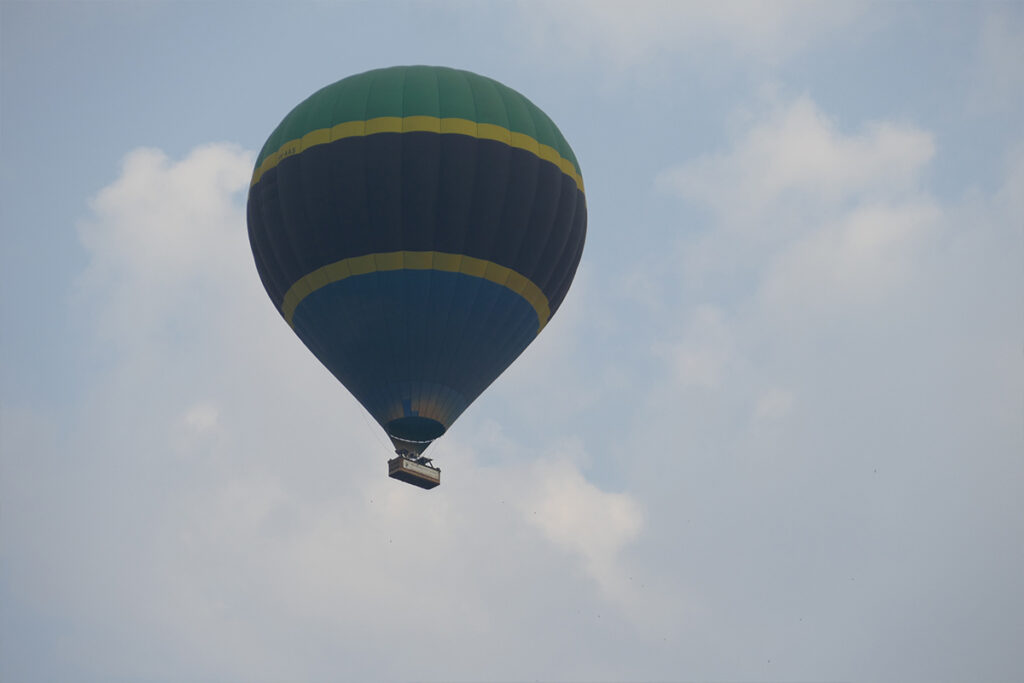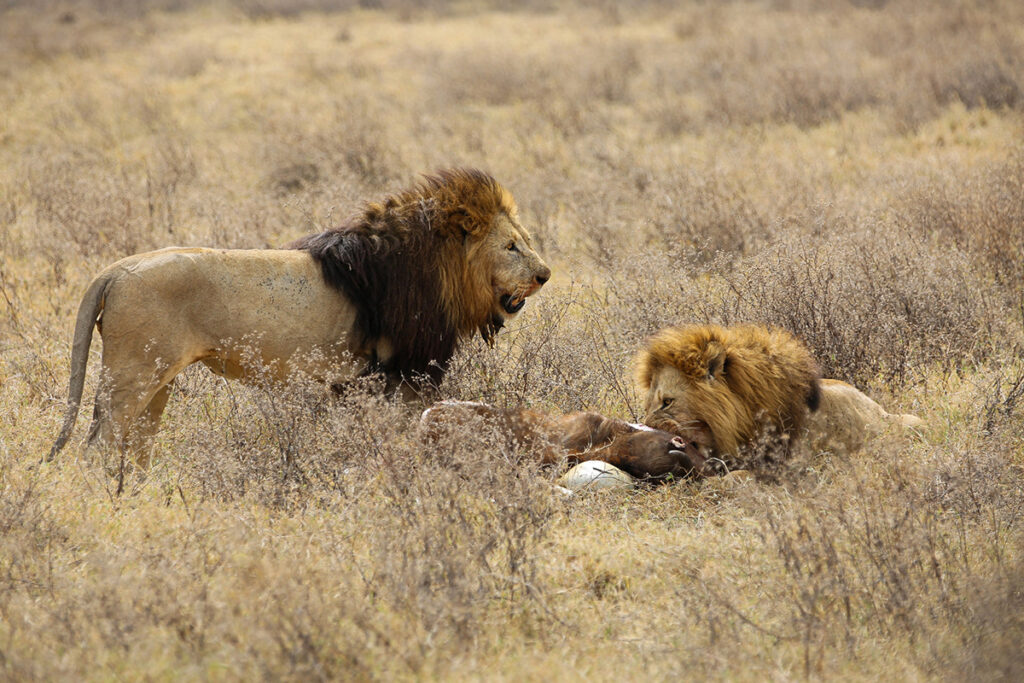In the sweeping plains of Tanzania, where the wild horizon meets the boundless sky, a unique vantage point emerges—horseback safaris. It’s here, amongst the diverse tapestry of life, where the rhythms of galloping hooves harmonize remarkably with the wilderness. These safaris afford an unparalleled intimacy with the landscapes and fauna, allowing experts an exquisite exploration of remote territories.
Historically, Tanzania has been a beacon for those drawn to the rugged allure of Africa’s wilderness. Established as a safari destination for over a century, the horseback adventures add an enriching layer to this legacy. With more than 20% of the country preserved for wildlife conservation, these equestrian expeditions offer a sustainable way to experience this diverse biodiversity, fostering a deeper connection to both the landscape and its history.
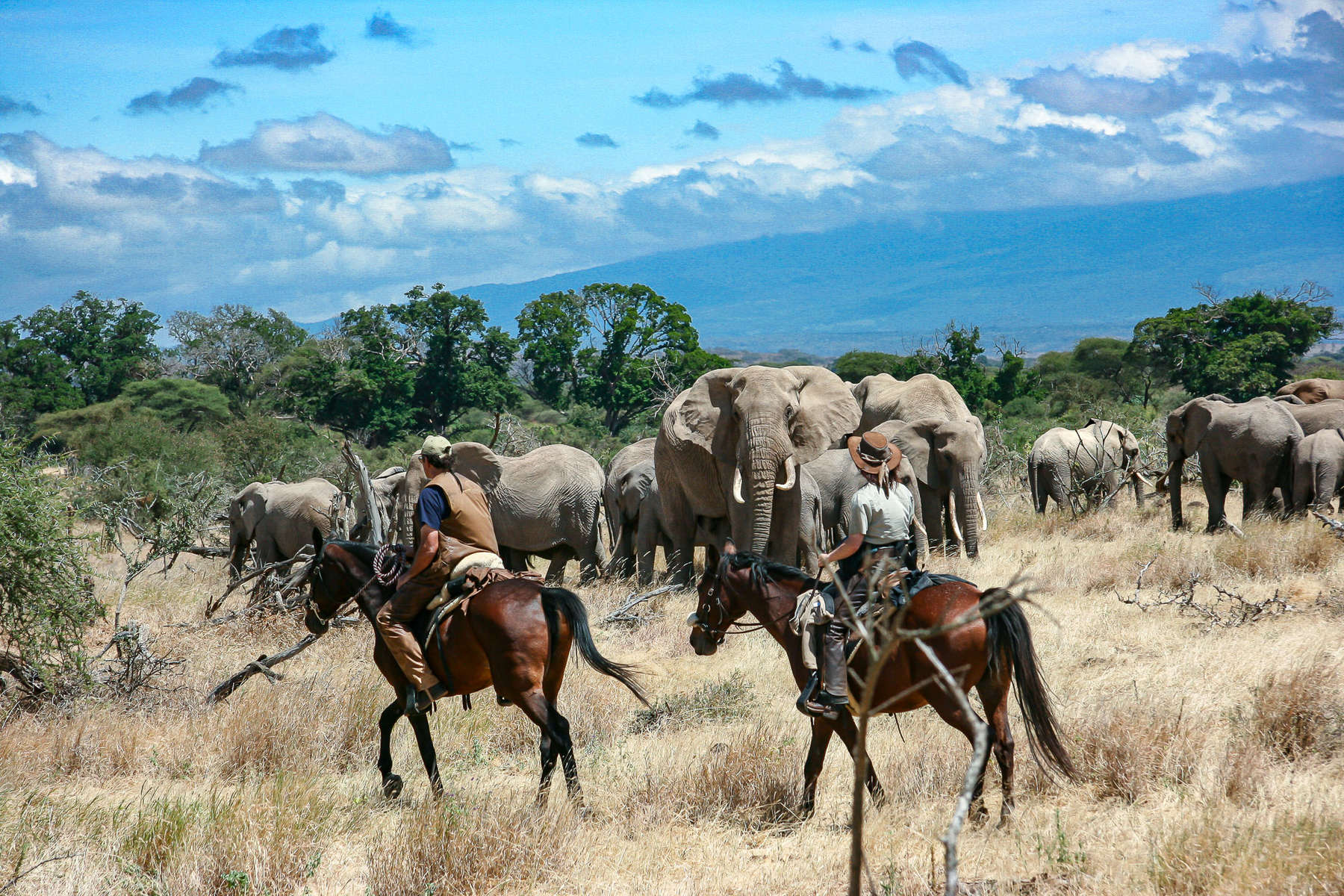
Tanzania Horseback Safari: An Overview
Tanzania horseback safaris offer an exceptional way to explore the country’s natural beauty. Riding through the savannas, you’ll witness diverse wildlife up close, from towering giraffes to majestic elephants. These safaris often traverse national parks and conservation areas, providing a unique perspective on the nation’s rich ecosystems. Tanzania’s varied landscapes, including mountains and plains, make it an ideal destination for horseback exploration. According to experts, the connection with the horse also enhances the safari experience, bringing riders closer to nature.
Historically, horseback safaris have deep roots in African culture. They have been a part of traditional hunting and exploration methods for centuries. Today, these safaris blend modern tourism with cultural heritage, creating an authentic adventure. They are designed not only for relaxation but also for learning about the environment and conservation. Travelers often find these trips as immersive educational experiences.
Planning a Tanzania horseback safari involves several considerations to ensure safety and enjoyment. Riders should be properly equipped with helmets, boots, and suitable attire. Trips can vary in duration from a few days to several weeks, catering to different levels of riding expertise. Food, lodging, and veterinary care for the horses are usually included in the package. Here is the article where you can learn more about the necessary preparations.
The benefits of horseback safaris extend beyond adventure and sightseeing. They are an eco-friendly way to travel, reducing the carbon footprint associated with traditional safaris. Engaging with local guides and communities enriches the experience, offering insight into regional customs and daily life. Tanzania’s commitment to conservation is evident in their safari practices, emphasizing sustainable tourism. As highlighted in this post, supporting these initiatives makes every ride meaningful.
The Origins and Appeal of Horseback Safaris in Tanzania
The tradition of horseback safaris in Tanzania dates back to early explorers who ventured into the wild on horseback. This method allowed them to cover vast distances while staying connected with their surroundings. Over time, this practice evolved, blending traditional exploration with modern tourism. Today, horseback safaris offer a unique blend of adventure and education. Riders can experience the landscape in a way that vehicles cannot provide.
The appeal of horseback safaris is multifaceted. One primary reason is the intimate experience with nature and wildlife. Unlike jeep safaris, horseback riding minimizes noise and disturbances, enabling closer animal encounters. Riders can traverse diverse terrains, from open plains to lush forests. Additionally, these safaris offer a sense of freedom and adventure that is hard to match. The bond between rider and horse enhances the overall experience.
Modern horseback safaris in Tanzania cater to a range of interests and skill levels. Operators offer trips tailored to beginner riders as well as experienced equestrians. Customizable itineraries ensure personalized experiences, from short day rides to extended week-long adventures. Packages often include guided tours, meals, and accommodations. Safety measures, such as helmets and trained guides, are standard.
The cultural impact of horseback safaris is also significant. Local guides share their knowledge of the land, its history, and its wildlife. This interaction enriches the ride, providing a deeper understanding of Tanzania’s heritage. According to conservation groups, horseback safaris promote sustainable tourism, benefiting both the environment and local communities. Riders often find the experience transformative, fostering a greater appreciation for nature and conservation.
Experiencing Tanzania’s Wildlife on Horseback
Riding through Tanzania’s diverse landscapes offers a unique perspective on its rich wildlife. You might find yourself alongside herds of zebras, wildebeests, and antelopes, feeling the thrill of discovery. The gentle, rhythmic movement of the horse allows for a quieter approach, reducing disturbances to the animals. Riders can witness natural behaviors more closely than from a noisy vehicle. It’s an intimate experience that brings a deeper connection with the wild.
Tanzania’s national parks and reserves are ideal settings for horseback safaris. Iconic locations like Serengeti and Kilimanjaro provide breathtaking backdrops for these adventures. These areas are home to the Big Five: lions, leopards, rhinos, elephants, and buffalos. Apart from the Big Five, bird watchers will delight in spotting many unique bird species. Each ride reveals the ecological variety within these protected spaces.
Encounters with wildlife are enhanced by the expertise of local guides. These guides are knowledgeable about the region’s flora and fauna, enriching the safari experience with stories and facts. Safety is a priority, with guides ensuring proper distance from dangerous animals. Riders are often amazed by the guides’ ability to track animals and predict their movements. Learning about animal behavior adds an educational element to the adventure.
There are various ways to experience Tanzania’s wildlife on horseback, with trips designed for different interests. Options include morning or evening rides, multi-day journeys, and special photography safaris. Multi-day trips often feature diverse terrains, such as savannas, riverbanks, and forests. Riding groups are small, enhancing the intimate and personalized nature of the experience. This tailored approach ensures that every rider gets the most out of their safari.
Preparing for a Tanzania Horseback Safari: What You Need to Know
Before setting off on a Tanzania horseback safari, it’s essential to prepare thoroughly. One of the first steps is choosing the right safari package that suits your experience level. There are options for beginners and seasoned riders alike. It’s best to consult with tour operators to find the perfect fit. Ensure the package includes all necessary amenities and services.
Proper attire is crucial for comfort and safety while riding. Clothing should be lightweight yet protective, with long-sleeved shirts and riding pants being ideal. Helmets are a must for safety, and sturdy boots will protect your feet. Packing layers is wise, as temperatures can vary from chilly mornings to hot afternoons. A hat and sunglasses will shield you from the strong sun.
Travelers should be aware of the health requirements before embarking on their journey. Vaccinations for certain diseases, like yellow fever, might be necessary. It’s also important to have a valid travel insurance plan. Carry essential medications, including anti-malaria tablets if advised by your doctor. Staying healthy ensures an enjoyable safari experience.
Understanding the basic rules and etiquette of a horseback safari will enhance your experience. Listen to the guides, as they are well-versed in the area’s wildlife and safety precautions. Always maintain a safe distance from the animals to avoid startling them. Respect for the environment and local cultures is vital. Being informed and considerate makes for a more rewarding trip.
Preparing your mind for the adventure ahead is just as important as packing physical items. Embrace the chance to disconnect from daily life and immerse yourself in nature. Horseback safaris offer a unique opportunity to bond with the landscapes and creatures of Tanzania. Keep an open mind and be ready to learn and explore. This approach will enrich your entire safari experience.
Case Study: Memorable Horseback Safari Stories
Riders often share remarkable stories from their horseback safari adventures in Tanzania. One group of travelers set off on an early morning ride in the Serengeti. As the sun rose, they encountered a herd of elephants, peacefully grazing just a few meters away. The elephants, unfazed by the horses, carried on with their morning routines. This serene moment highlighted the unique intimacy provided by horseback safari experiences.
Another captivating story comes from a group exploring the Ngorongoro Conservation Area. Guided by skilled locals, they stumbled upon a pride of lions basking in the afternoon sun. The riders maintained a respectful distance while observing these majestic creatures. Witnessing such wildlife in their natural habitat left a lasting impression on the adventurers. The guides later explained the lions’ behavior, deepening the riders’ understanding.
In a different memorable safari, riders adventured through the lush Selous Game Reserve. They navigated trails flanked by vibrant birdlife, crossing paths with graceful giraffes along the way. The slow pace of horseback travel allowed them to appreciate the diverse flora and fauna in remarkable detail. This journey was as much about the small wonders as it was about the big game. It showcased the richness of Tanzania’s ecosystems.
These stories illustrate the unique joys and surprises inherent in horseback safaris. No two tours are ever the same, with each ride offering a new perspective and fresh discoveries. Participants often form bonds with their horses, enhancing the overall experience. Furthermore, they gain insights into local cultures and traditions through interactions with guides. For many, these moments become cherished memories, drawing them back to Tanzania’s wild beauty time and again.
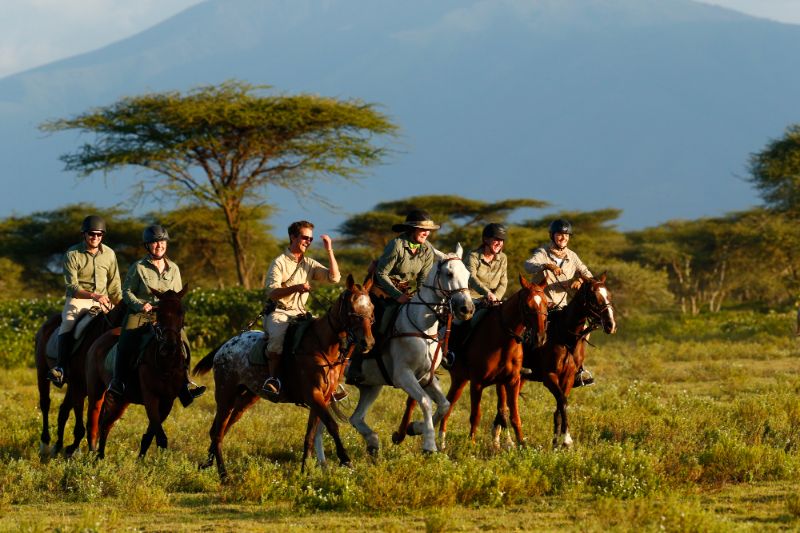
Frequently Asked Questions
Horseback safaris in Tanzania offer a unique and exciting way to explore the country’s diverse landscapes and wildlife. Here are some common questions and answers to help you understand this thrilling experience better.
1. What is the best time of year to go on a horseback safari in Tanzania?
The best times for a horseback safari in Tanzania are during the dry seasons. These are from June to October and from late December to March. During these periods, the weather is more predictable, and wildlife is easier to spot around water sources.
Moreover, these months provide more favorable riding conditions, with less mud and clearer trails. It’s advisable to avoid the rainy seasons, as they can make horseback riding challenging and obscure wildlife sightings. Planning your trip during the dry season ensures a more enjoyable and fruitful safari experience.
2. How experienced do riders need to be for a Tanzanian horseback safari?
Horseback safaris in Tanzania cater to riders of all skill levels, from beginners to advanced. Tour operators typically offer different routes and durations to match the rider’s experience. Beginners can enjoy shorter rides on easier trails under the guidance of experienced instructors.
Advanced riders, on the other hand, might prefer longer, more challenging routes with the opportunity for faster-paced riding. It’s important to communicate your riding abilities when booking so that the tour can be tailored to your needs. Proper preparation ensures a safe and enjoyable experience for everyone.
3. What kind of wildlife can be seen during a horseback safari in Tanzania?
During a horseback safari in Tanzania, riders can expect to see a diverse array of wildlife. Common sightings include elephants, giraffes, zebras, and various antelope species. The quieter approach of horseback riding often allows for closer encounters than traditional vehicle safaris.
In addition to large mammals, bird watchers will be thrilled with the variety of bird species present. Depending on the location and time of year, you might also spot predators like lions or hyenas from a safe distance. Each safari offers a unique chance to witness Tanzania’s rich biodiversity.
4. What safety precautions are in place during a horseback safari?
Safety is a top priority on horseback safaris in Tanzania. Riders are provided with helmets and instructed on proper riding techniques before the safari begins. Experienced guides accompany all tours, ensuring that riders maintain safe distances from wildlife and navigate the terrain safely.
In the event of an emergency, the guides are trained to handle various situations and have communication tools to contact help if needed. Additionally, horses used on these safaris are well-trained and accustomed to the presence of wildlife. These measures ensure a secure and enjoyable adventure for all participants.
5. What should I pack for a horseback safari in Tanzania?
When packing for a horseback safari in Tanzania, focus on comfort and safety. Essential items include lightweight, long-sleeved shirts, riding pants, and sturdy boots. A good quality helmet is crucial, and while some operators provide them, bringing your own ensures a proper fit.
Other useful items include sunscreen, a hat, and sunglasses to protect against the sun. Don’t forget a refillable water bottle to stay hydrated and a camera to capture your adventure. Packing appropriately helps you enjoy the safari to the fullest.

